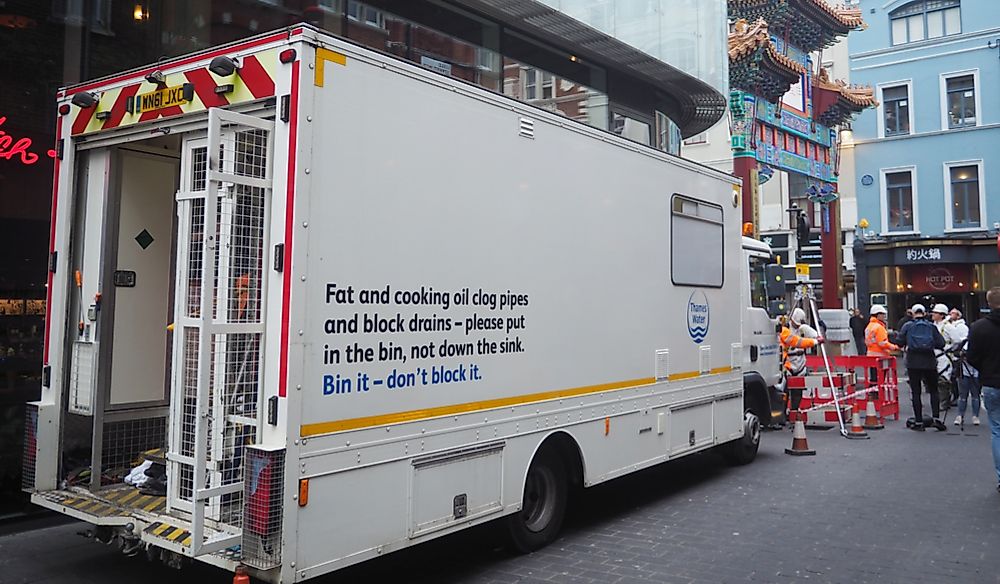What Is A Fatberg?

The term “fatberg” became increasingly popular among the public in 2017 when enormous solid sewer wastes were found under the streets of England. A whopping 64 meters fatberg was found lurking under the streets of Devon. It took sewage workers several days to dismantle the congealed block. Following the discovery, residents have been warned to be aware of how they use their single-use plastics and how they dispose of them. But what exactly is fatberg? How are they formed? And why are they dangerous in the areas where they are formed? It is important to note that fatbergs are not only restricted to England but are common around the globe, especially in major cities such as London, Baltimore, and Melbourne.
Definition of a Fatberg
Fatbergs are combinations of congealed fats and personal hygiene products that have congealed into a solid mass. This can include wet wipes, diapers, and sanitary products among other waste flushed down toilets. The congealed block forms in the sewer system through the combination of the non-biodegradable material and oil, grease, or cooking fat. Fatbergs can be as big as several tons and may take several weeks to break down into smaller pieces. In 2017, Theme Water reported that a fatberg as heavy as 150 tons had clogged the pipes in Whitechapel, London. It took eight people working several days to break “Fatty McFatberg” into smaller pieces.
How Fatbergs Build Up
Fatbergs form on a rough surface along the sewage system where the flow of fluids become turbulent. When the flowing fluid encounters an obstruction, the swirling water formed begins to trap debris. The combination of solidified fat and personal hygiene material such as diapers, wet wipes, and earbuds among other items continue to build up along the sewer system, blocking the system and rendering it almost unusable. The resulting lump of the congealed material becomes as strong as concrete. In some of the areas such as London, the fat blockage may react with the pipelining and convert the fat into a solid substance. Fat and grease blockage may cause sanitary sewer flow, in which the sewage material is discharged into the environment without any treatment. While fatbergs are dangerous, they are good sources of fuel. Most of the fatbergs found in London have been converted into biodiesel.
Preventing a Fatberg
Fatbergs can be prevented from forming through a public awareness campaign on the proper disposal of single-use plastics. The Theme Water has adopted a message “Bin it, Do not Block it” as a way of creating awareness on the dangers of these materials. People have been warned not to flush anything other than toilet paper and human waste down the toilet. Since oil plays a critical role in the formation of fatberg, people are advised to cool their cooking fat and dispose of them in a bin rather than pouring down the drain. Wet wipes manufactures have also been requested to ensure that their products are plastic-free and clearly labeled “do not flush.” The use of cotton washable wipes instead of wet wipes is also being encouraged as part of the campaign against wet wipes.
Fatbergs Around the World
Since 2013, fatbergs have been found in multiple cities around the globe. These include Kingston upon Thames, London (August 2013), Shepherd's Bush, London (September 2014), Melbourne, Australia (September 2014), Chelsea, London (April 2015), Welshpool, Wales (July 2015), Newcastle, Australia (January 2016), Whitechapel, London (September 2017), Baltimore, Maryland, United States (September 2017), South Bank, London (April 2018), and Sidmouth, Devon (December 2018).











